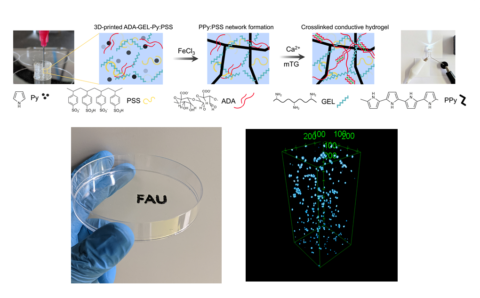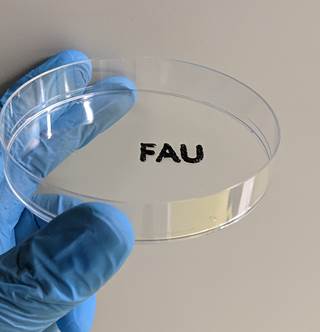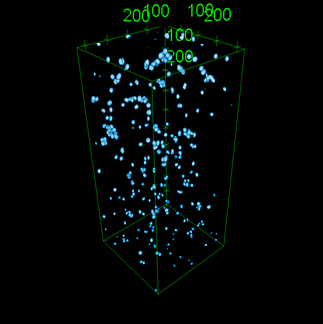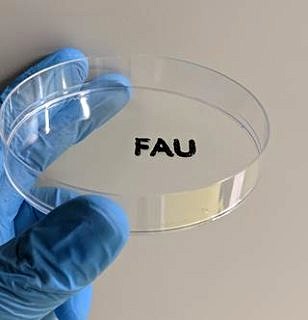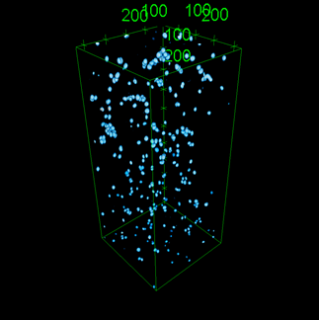Two new publications in the framework of SFB1270-ELAINE project
Two new studies have been recently published in the context of our research activities in the DFG funded Collaborative Research Centre SFB 1270 ELAINE [1, 2].
Electroconductive hydrogels for Tissue Engineering
In a joint effort with the University of Rostock, in this paper (first author: Thomas Distler, PhD student in our Institute) we demonstrated an electroconductive and 3D-printable hydrogel composed of oxidized alginate gelatin (ADA-GEL) and electroactive polypyrrole polymer. We showed that it is possible to tune the electrical and mechanical properties of ADA-GEL by using polypyrrole, leading to cell adhesive and 3D printable hydrogels. The study included collaboration between three ELAINE working groups, Prof. Hermann Seitz (Chair of Microfluidics) , Prof. Jürgen Kolb (Leibniz Institute for Plasma Science and Technology, Greifswald), and our Institute and with participation of the groups of Prof. Oliver Friedrich (MBT, FAU) and Dr. John G. Hardy (University of Lancaster, UK). The hydrogels could be used for in vitro electrical stimulation of cells in tissue engineering applications.
[1] Distler, T. et al., Electrically Conductive and 3D‐Printable Oxidized Alginate‐Gelatin Polypyrrole:PSS Hydrogels for Tissue Engineering, Adv. Healthcare Mater. (2021).
Cell concentration can impact hydrogel mechanics
In collaboration with the groups of Dr. Silvia Budday (LTM, FAU), Prof. Jochen Guck (MPI), and Prof. Oliver Friedrich (MBT, FAU), we showed in this study (first authors: Thomas Distler, Lena Kretschmar (LTM)) how cell concentration influences the complex mechanical properties of ADA-GEL hydrogels. These findings are of relevance for bioprinting using cells inside hydrogels, and mechanical-stimulation assisted tissue engineering, which is one key approach combined with electrical stimulation in the project ELAINE.
[2] Distler, T., et al., Mechanical properties of cell- and microgel bead-laden oxidized alginate-gelatin hydrogels, Biomater. Sci. (2021).

